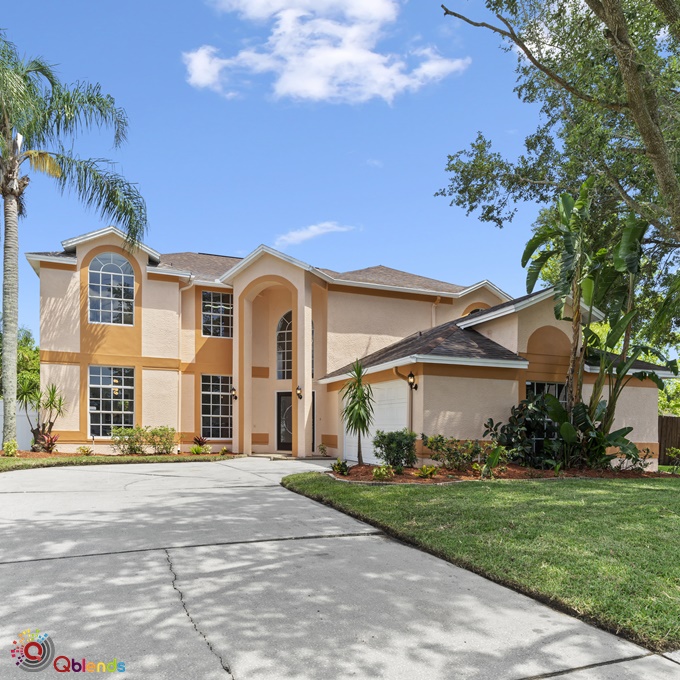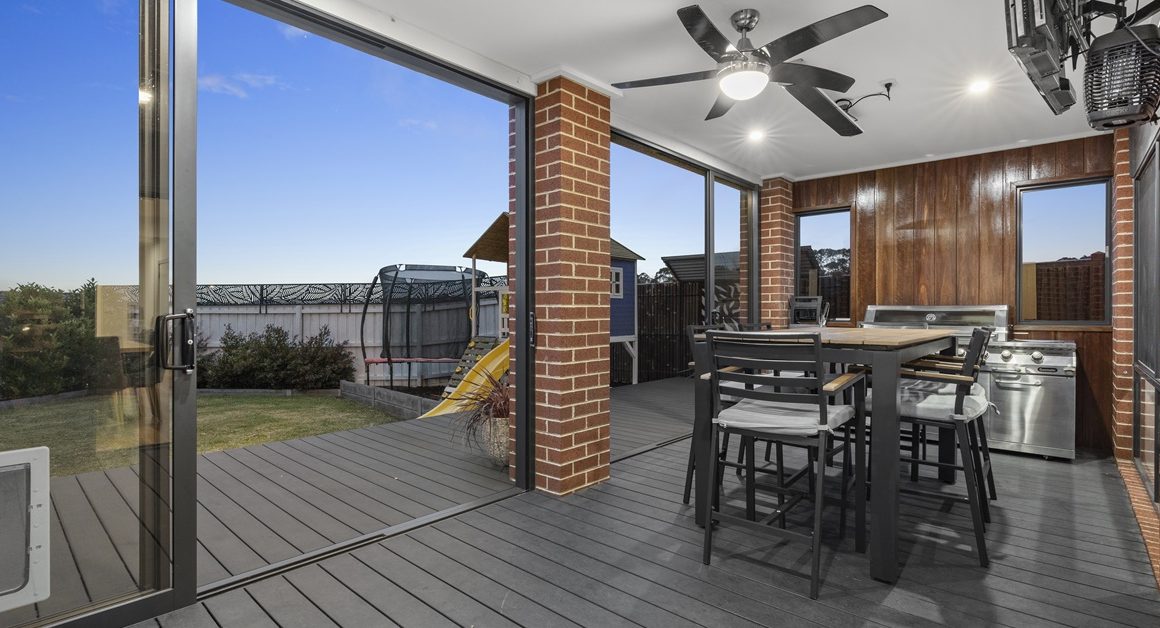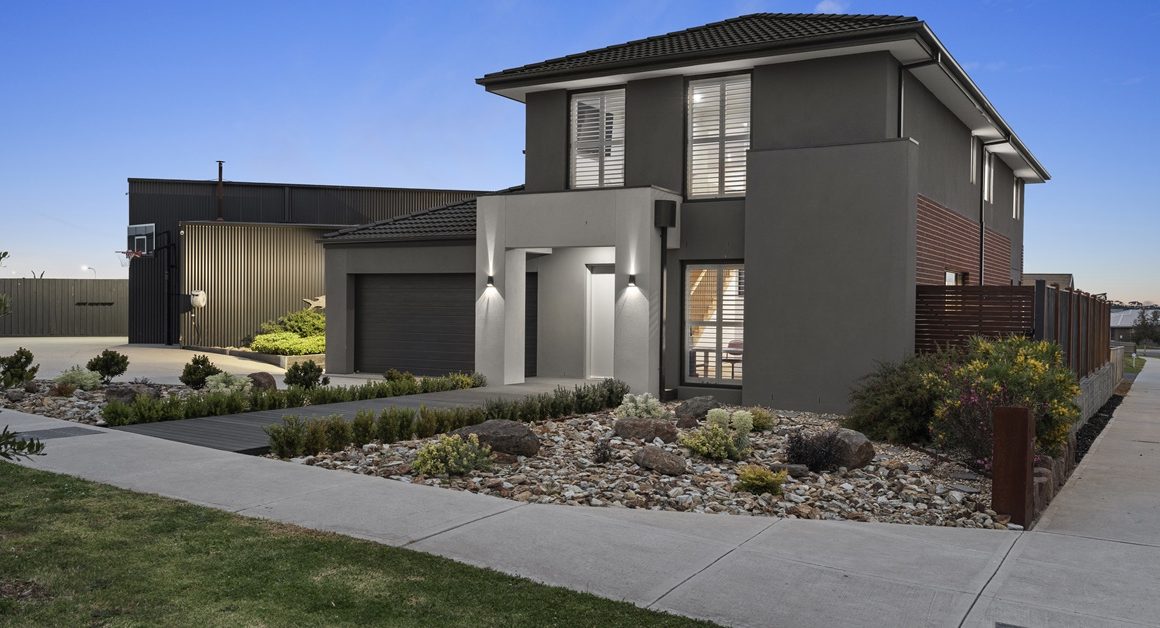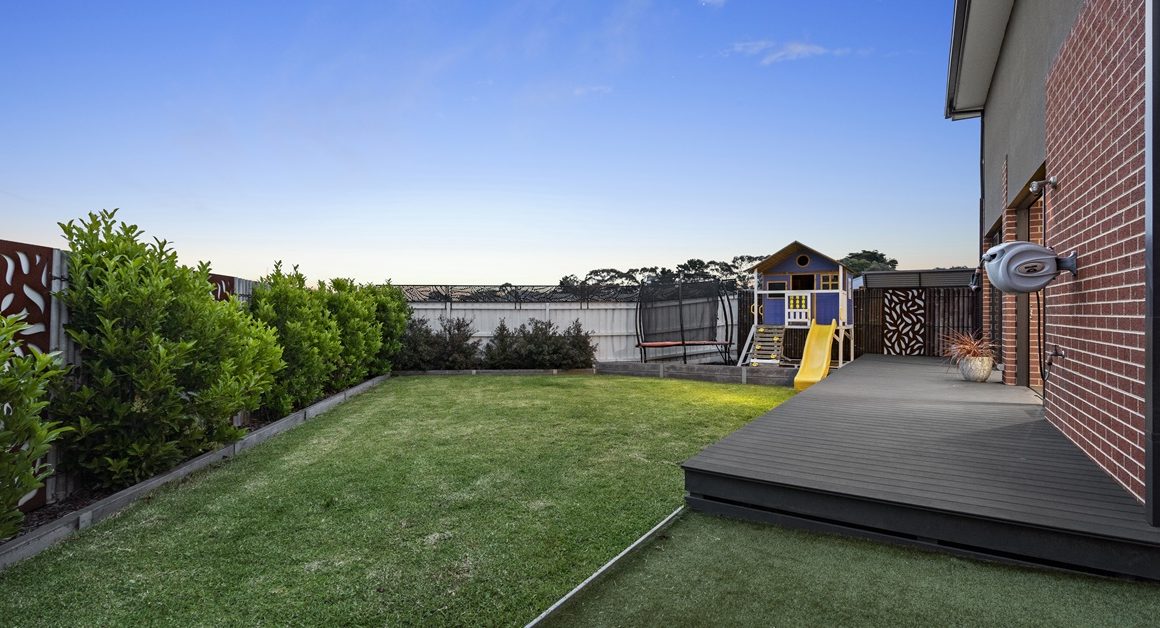Capturing and editing Real Estate Photography is a great skill to have as a photographer. It’s a fun way to open your eyes up to new subjects and compositions. Photographing real estate is also a smooth transition into shooting architecture and buildings. Today, HDR Editing want to share our five tips that will help you capture and edit your real estate photos.
1. Keep Your Camera Level
One of the essential things in photographing real estate is to keep your camera level. This is to ensure that your verticals are straight. By verticals, I mean the vertical lines that run from the ceiling to the floor. If you have to tilt your camera up to shoot the exterior or if you want to get artsy from a high or low angle remember to keep your camera level. At the examples below, you’ll notice how odd the photo looks when the verticals are crooked. Straight vertical lines seem more realistic and appealing, helping the viewer envision the space.
2. Angles, Composition, and Framing

When photographing real estate, it’s also incredibly important to think about which angle to shoot from, your composition, and how you want to frame your photo. Generally speaking when you’re photographing real estate you’re trying to make the most of the space. This doesn’t necessarily mean you are trying to make the room or area seem as big as possible. Taking advantage of all of the elements within your area will help you to choose how you compose.
3. Use a Tripod
The last tip for photographing real estate I have for you is to use a tripod. Tripods are essential in keeping a level and precise photo. They also allow you to take longer exposures which will help you if you come across a tricky lighting situation. I recommend using a ball-head tripod which makes it easy to level your photo quickly.
Also, pay attention to your tripod height. When gauging the height of my camera, I like to think about how someone would be viewing the room if they were in that space and experiencing it. So for example, if I were photographing a living room, I would position my camera at about the height of someone’s eye when they were sitting down. In kitchens, however, you are usually standing, and also there are typically high counters to avoid, so I position my camera about mid-face level.
4. Developing Your Photos
A few other things to keep in mind when processing your real estate photos is to pay attention to the temperature. If your photo is very warm compared to when you shot it (this happens a lot with HDR), then you can decrease the temperature to cool it down and bring some white back. As another tip, if you’re not getting your photo to pop as you want it, try increasing your mid-tones slider a little and adding some structure. You don’t have to be shy when adding structure, and I usually add about 20-30 to keep everything in frame sharp.
5. Retouching

The last tip I have for you is to retouch your photos to clean them up. Since there are so many large tonal areas (walls, floors, etc.), it’s easy to see dust spots, lens flares and other things that can be distracting to your viewer. You may have also missed some things when shooting or didn’t see something on a counter that you can remove easily in Photo RAW. Cleaning up your photos will get you in the practice of going above and beyond. Even if it’s tiny and you think they may not notice, get into the habit of cleaning your photos because your work will only keep benefiting.





